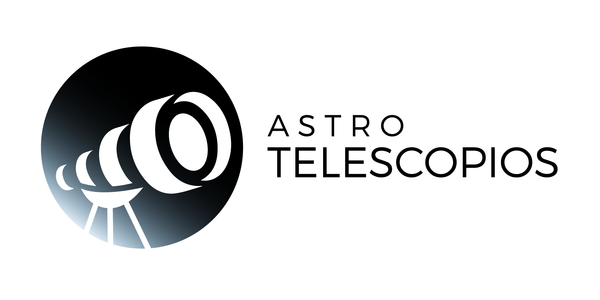
What can you see with telescopes depending on the aperture?
We have prepared this small summary with the main celestial objects visible with a telescope according to its aperture.
The guide helps many beginning astronomers looking for their first telescope or jumping up a level.
REFRACTOR 60-70 mm, 25-125 x
The moon, the planets and their moons
Sunspots ( with a solar filter ), the phases of Venus, lunar craters (7-10km in diameter), the atmospheric bands of Jupiter and its four main moons, the rings of Saturn and the Cassini Division with good conditions and Uranus and Neptune as faint green stars.
stars
Binary stars with an angular separation of 2", faint stars of stellar magnitude up to 11.5.
Nebulae, galaxies and clusters
Large globular clusters and bright nebulae. Under ideal conditions all Messier objects can be observed.
REFRACTOR 80-90 mm; REFLECTOR 100-115 mm, 15-250 x
The moon, the planets and their moons
The structure of sunspots ( with a solar filter ), the phases of Mercury, lunar valleys and craters 5.5 km in diameter, the polar caps of Mars and its mountainous areas during oppositions, plus atmospheric bands of Jupiter and the shadows of its moons projected on the planet's disk, the Cassini Division in the rings of Saturn and five of its moons and Uranus and Neptune as tiny disks.
stars
Binary stars with an angular separation of 1.5", faint stars of stellar magnitude up to 12.
Nebulae, galaxies and clusters
Dozens of globular clusters, diffuse and planetary nebulae and galaxies. All Messier objects, with good conditions, the brightest objects in the NGC and features of bright nebulae. Galaxies, however, look like blurry gray blobs.
REFRACTOR 100-125 mm; REFLECTOR 150 mm, 30-300 x
The moon, the planets and their moons
Many lunar structures (valleys, 3 km craters), structures in the mountainous areas of Mars, details of the bands on Jupiter, the atmospheric bands on Saturn and a multitude of comets and faint asteroids.
stars
Binary stars with an angular separation of 1" (with good conditions), faint stars of stellar magnitude up to 13.
Nebulae, galaxies and clusters
Hundreds of star clusters, nebulae and galaxies (details of spirals can be observed in certain galaxies), many NGC/IC objects in good condition. The structure of nebulae and star clusters.
REFRACTOR 150-175 mm; REFLECTOR 200 mm; REFLECTOR 175-225 mm, 50-400 x
The moon, the planets and their moons
Lunar structures less than 1.8 km in diameter, large clouds and dust storms on Mars, 6-7 moons of Saturn, 4 of Jupiter's brightest moons at high magnifications (they look like tiny disks), a multitude of asteroids faint (they look like small stars).
stars
Binary stars with an angular separation of less than 1" (with good conditions), faint stars of stellar magnitude up to 14.
Nebulae, galaxies and clusters
Individual stars can be seen in many of the clusters, numerous details of the composition of the nebulae and the structure of many galaxies.
REFLECTOR AND REFLECTOR 250 mm (and more)
The moon, the planets and their moons
Most of the time atmospheric conditions prevent seeing deeper into space with these telescopes, compared to others with a smaller aperture. However, with ideal conditions and minimal light pollution, small lunar details (less than 1.5 km), details of the surface of Mars and sometimes its moons, Phobos and Deimos, can be seen. Small details in the atmospheric bands of Jupiter, the Encke Division in the rings of Saturn, Neptune and its moon, Triton. Pluto looks like a tiny star.
stars
Binary stars with an angular separation of 0.5" (with good conditions), faint stars of stellar magnitude up to 14.5.
Nebulae, galaxies and clusters
Thousands of open and closed clusters, most of them NGC/IC objects, detailed structures of galaxies and nebulae. Some objects can be distinguished with slight coloration.
